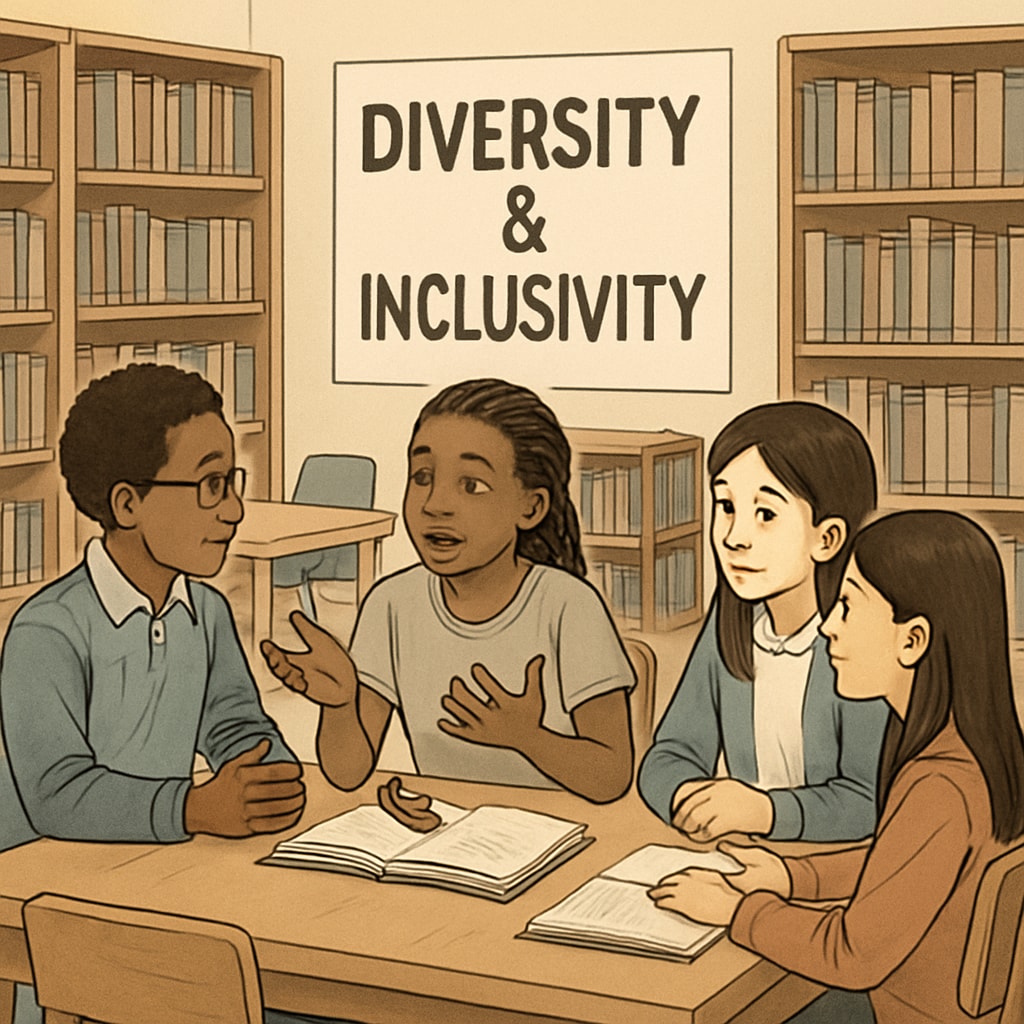The concept of “wokeness,” often associated with heightened social consciousness and awareness of systemic injustices, is becoming increasingly prevalent in schools. For K12 students, the integration of wokeness into education raises essential questions about its impact on their cognitive development and worldview. This article explores how students perceive wokeness in schools, how it influences their critical thinking abilities, and what this means for the broader educational landscape.
Understanding Wokeness in the Context of Education
Wokeness, in the educational context, refers to the incorporation of social justice, equity, and inclusivity into curricula and school policies. While this approach aims to foster empathy and awareness, it also presents challenges in striking a balance between value-based education and encouraging critical thought. For example, discussions surrounding race, gender, and identity politics can be empowering but might also feel overwhelming or prescriptive to some students.
Many schools have adopted policies that prioritize inclusivity and diversity, which can significantly influence the classroom environment. However, educators must ensure that these efforts do not unintentionally stifle differing perspectives or discourage open dialogue. This balance is crucial in fostering students’ ability to critically analyze complex societal issues.

How Students Perceive Wokeness in Schools
Students’ responses to wokeness in schools vary widely. Some appreciate the effort to address societal inequalities and believe it prepares them for the realities of a diverse world. Others, however, feel that the emphasis on certain ideologies limits their ability to form independent opinions.
For instance, a recent study on education revealed that students exposed to value-driven curricula often feel more empathetic toward marginalized groups. However, critics argue that a heavy focus on wokeness can create an environment where dissenting views are discouraged. This tension underscores the importance of creating spaces where students can engage in open, respectful debates.
Additionally, wokeness in education can influence how students perceive authority and traditional structures. While some view it as a vital step toward equity, others believe it challenges established norms in ways that might feel destabilizing.

The Balance Between Value Shaping and Critical Thinking
One of the central challenges of integrating wokeness into education is maintaining a balance between shaping students’ values and fostering critical thinking. Schools play a significant role in instilling moral principles, but they must also ensure that students develop the ability to question and evaluate these principles independently.
To achieve this balance, educators can adopt the following strategies:
- Encourage open-ended discussions where students are free to express differing views without fear of judgment.
- Incorporate case studies and real-world examples to help students analyze issues from multiple perspectives.
- Provide resources that represent diverse viewpoints, allowing students to explore and form their opinions.
For more insights into fostering critical thinking, you can refer to critical thinking on Wikipedia.
Looking Ahead: The Future of Wokeness in Education
As schools continue to navigate the complexities of wokeness, it is essential to involve all stakeholders—students, parents, and educators—in the conversation. Open communication can help address concerns while ensuring that education remains inclusive and thought-provoking.
Ultimately, the goal should be to prepare students not only to understand societal challenges but also to engage with them critically and constructively. By fostering an environment of mutual respect and intellectual curiosity, schools can empower students to become thoughtful and informed citizens.
In conclusion, wokeness in schools presents both opportunities and challenges. While it has the potential to create a more empathetic and inclusive educational environment, it also requires careful implementation to support critical thinking and open dialogue. As educators and policymakers continue to refine their approaches, the voices of students must remain at the heart of this conversation.


